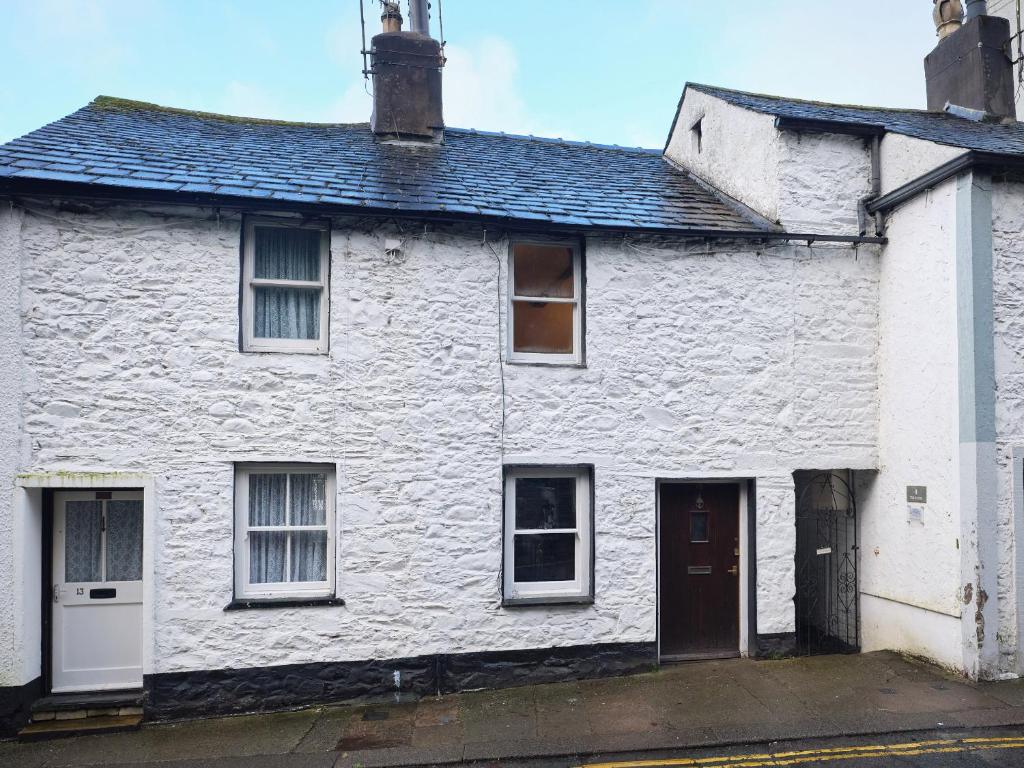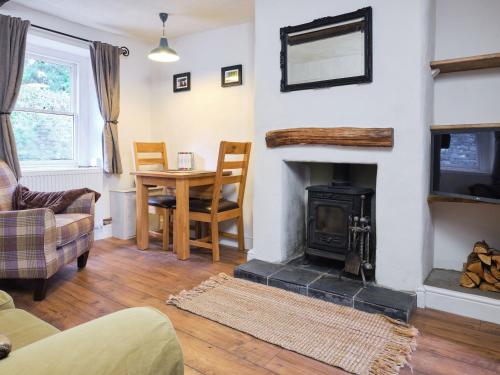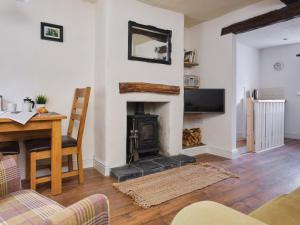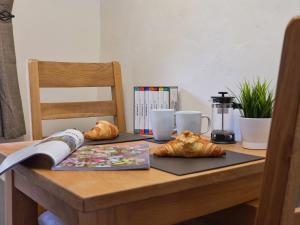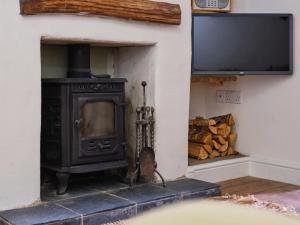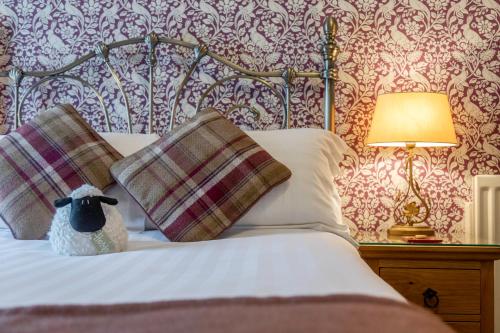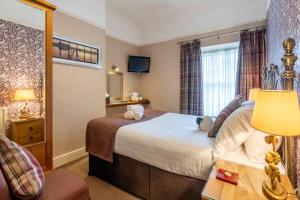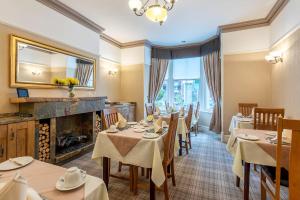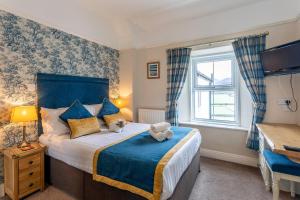Mentioned by Cottage Escapes
The best places to eat in Keswick








"Farfield is a restored Victorian woollen mill in a quiet corner of Cumbria and in the Yorkshire Dales National Park. Filled with artist studios, exhibitions, heritage displays, working looms, art and craft for sale by local artists, plus tea and cake at…"
"Nestling between the Lake District and the Yorkshire Dales, a rescued Farfield Mill opened its doors in 2001 to an exciting new life providing access to high-quality art and crafts and heritage."

"This old slate mine has been reinvented as a centre for all kinds of activities: you could venture underground into the bowels of the old 'Edge' and 'Kimberley' mines, tackle a via ferrata, or climb inside the mine along a system of fixed cables, tracing the route followed by the slate miners. A tour into the 'Cathedral' mine runs on Friday by request, but you'll need eight people and it costs £25 per person."

"The car park in Waterhead can be the starting point for a picturesque two-hour walk in the ancient woodland above Ambleside, cresting at Jenkin Crag, a great vantage point above Windermere. Nearly all of the path is in thick woodland, and there are steps to make the going lighter on wet days. One of the loveliest sections guides you along the Ambleside Champion Tree Trail, which has England’s tallest grand fir."


"The poet William Wordsworth's most famous residence in the Lake District is undoubtedly Dove Cottage, but he actually spent a great deal more time at Rydal Mount, 1.5 miles northwest of Ambleside, off the A591. This was the Wordsworth family's home from 1813 until the poet's death in 1850 and the house contains a treasure trove of Wordsworth memorabilia. Bus 555 (and bus 599 from April to October) stops at the end of the drive."

"Sitting above Stock Beck next to Rydal Road, Bridge House may be the whole region’s most photographed landmark. Like all of Ambleside this adorable, narrow dwelling is constructed from local slate and has been owned by the National Trust for nearly a century after it was bought and donated by a group of local residents. The Bridge House dates from the 17th century, when it was used as an orchard storehouse, and has since been a mill counting house, chair-maker’s workshop, cobbler’s shop, tearoom and a family home packed with as many as eight people."

"On the eastern shore of Coniston Water, Brantwood was the cherished home of John Ruskin (1819–1900), the noted Victorian artist, writer,…"
